
AllQuestion and Answers: Page 170
Question Number 205772 Answers: 2 Comments: 0

Question Number 205770 Answers: 0 Comments: 0
Question Number 205767 Answers: 1 Comments: 0
Question Number 205750 Answers: 2 Comments: 3
$$\int_{\mathrm{0}} ^{+\infty} \frac{\mathrm{1}}{\mathrm{1}+{e}^{\mathrm{2}{x}} }{dx}=? \\ $$
Question Number 205749 Answers: 0 Comments: 0
Question Number 205746 Answers: 1 Comments: 0

Question Number 205734 Answers: 5 Comments: 0
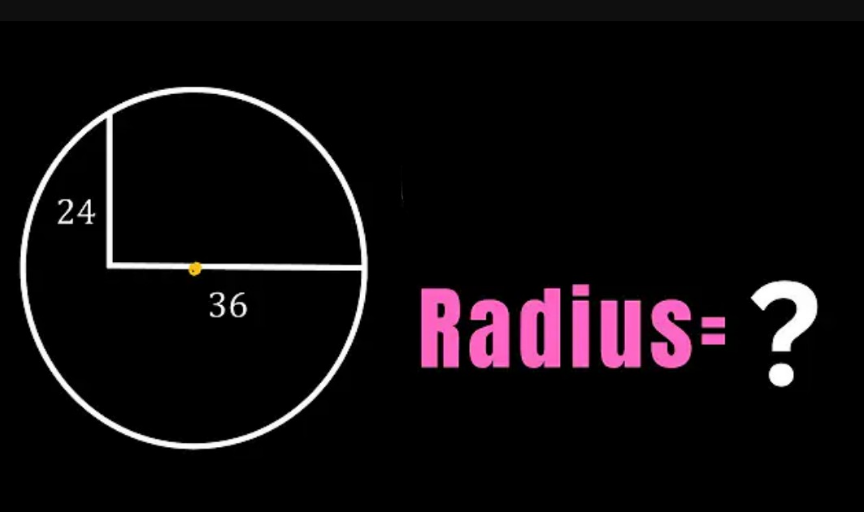
Question Number 205733 Answers: 1 Comments: 0
Question Number 205727 Answers: 1 Comments: 4
$${calculate}\:{lim}_{{x}\rightarrow\mathrm{0}} \frac{{e}^{{x}} −{cosx}}{{x}^{\mathrm{2}} } \\ $$
Question Number 205716 Answers: 2 Comments: 0
Question Number 205726 Answers: 1 Comments: 0
Question Number 205685 Answers: 2 Comments: 0

Question Number 205683 Answers: 1 Comments: 0
Question Number 205682 Answers: 1 Comments: 2

Question Number 205681 Answers: 2 Comments: 0
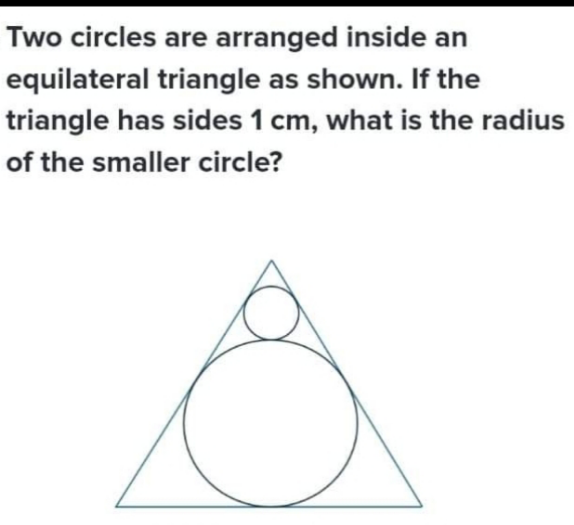
Question Number 205680 Answers: 1 Comments: 0
Question Number 205690 Answers: 0 Comments: 3
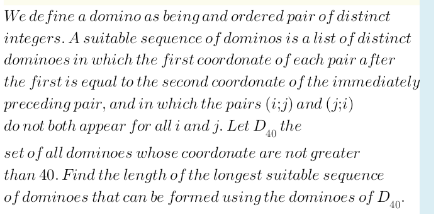
Question Number 205673 Answers: 0 Comments: 0

Question Number 205672 Answers: 1 Comments: 0

Question Number 205671 Answers: 1 Comments: 0

Question Number 205670 Answers: 1 Comments: 0

Question Number 205669 Answers: 1 Comments: 0

Question Number 205660 Answers: 1 Comments: 0
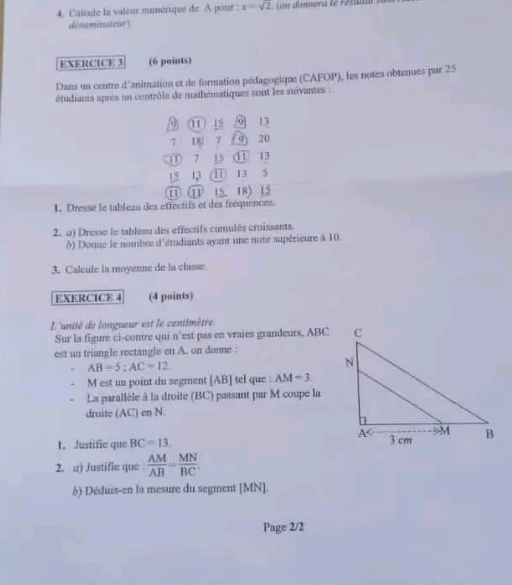
Question Number 205657 Answers: 1 Comments: 0
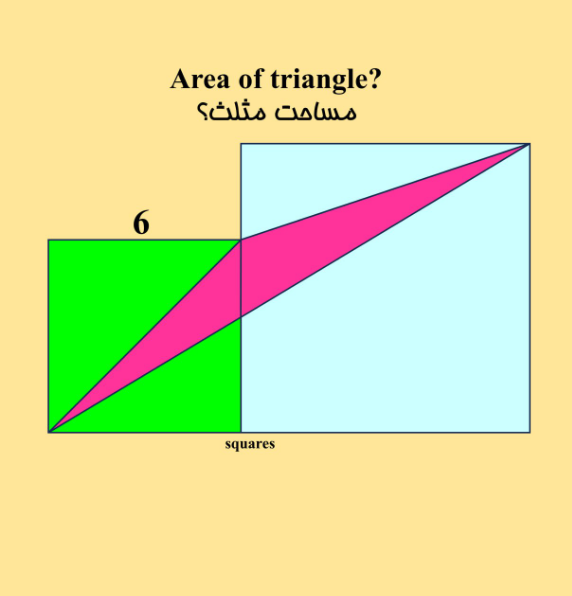
Question Number 205656 Answers: 2 Comments: 0
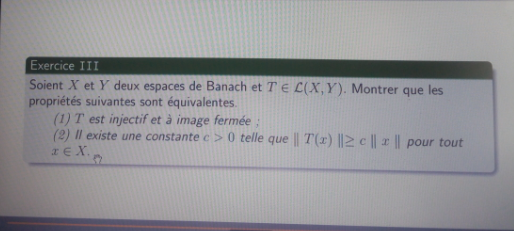
Question Number 205725 Answers: 1 Comments: 0

Pg 165 Pg 166 Pg 167 Pg 168 Pg 169 Pg 170 Pg 171 Pg 172 Pg 173 Pg 174
